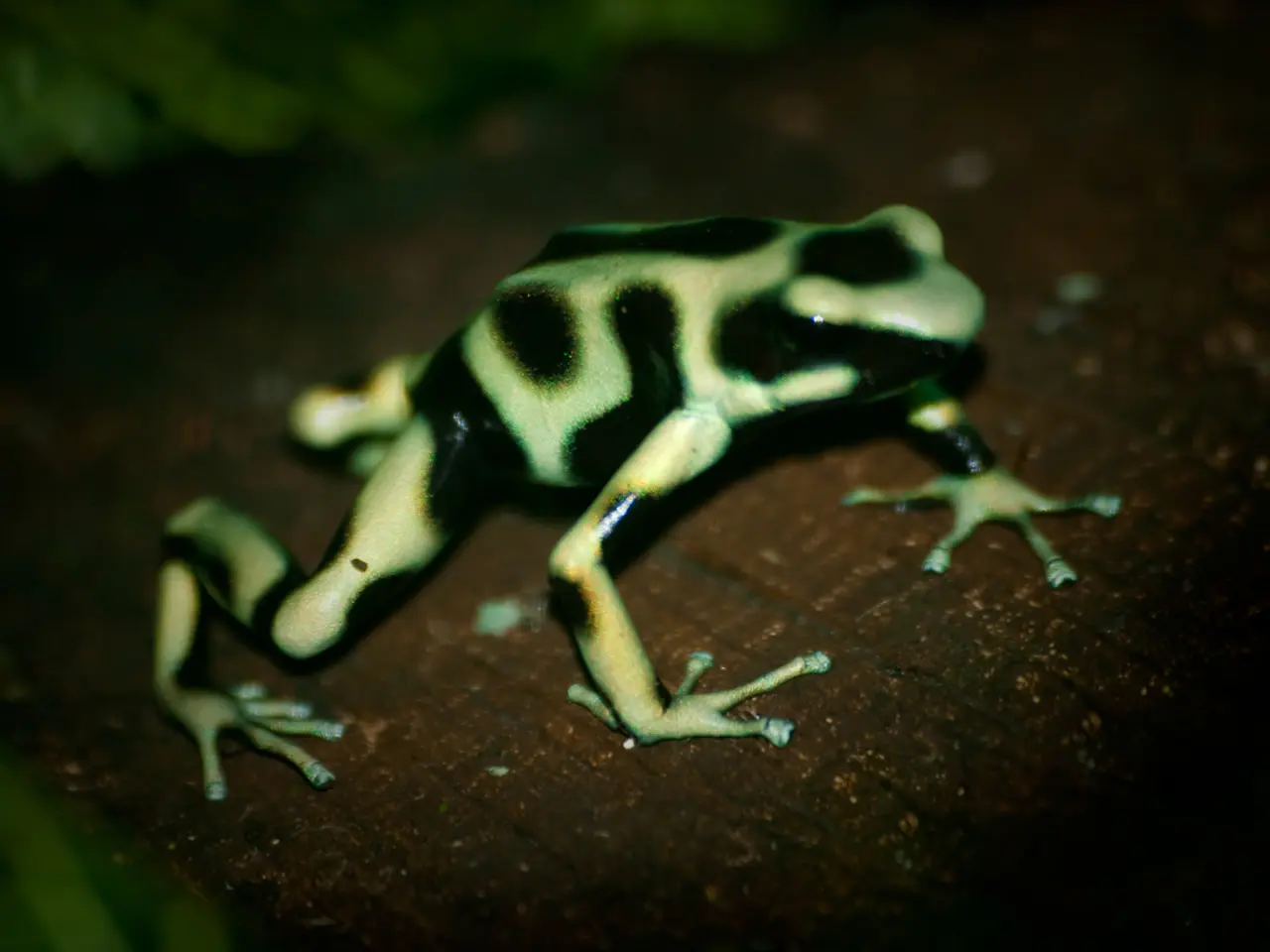Fascinating Information About the Embattled Texas Salamander
Protecting Texas' Hidden Treasures: The Texas Treasures Salamanders
Deep beneath the surface of central Texas, a group of unique and fascinating creatures are making their homes in the Edwards Aquifer region. Known as the Texas Treasures salamanders, these amphibians are not only fascinating but also crucial indicators of the health of our water ecosystems.
Unique Characters
The Barton Springs Salamander (Eurycea sosorum), often described as iconic to the region, is a tiny, fully aquatic species that spends its entire life in spring-fed water. The Austin Blind Salamander (Eurycea waterlooensis) and Texas Blind Salamander (Eurycea rathbuni), on the other hand, are cave-dwelling creatures with reduced or absent eyes, adapted to life in darkness. The Jollyville Plateau Salamander (Eurycea tonkawae) is another aquatic species, inhabiting spring-fed streams and associated with the Jollyville Plateau area.
Habitats
All four species are highly dependent on clean, well-oxygenated groundwater and the aquatic ecosystems fed by this groundwater in the Edwards Aquifer region of Texas. The Barton Springs Salamander is found specifically in Barton Springs within Austin, while the Austin Blind and Texas Blind salamanders inhabit subterranean caves and aquifer systems, surviving in the dark groundwater environments. The Jollyville Plateau Salamander is found in spring-fed streams on the Jollyville Plateau, an area of northern Travis County.
Threats
These fascinating creatures face significant conservation threats, mainly related to their dependence on groundwater ecosystems. Over-pumping of aquifers decreases the availability and quality of the water they rely on. Urbanization and land development threaten water quality through pollution and habitat destruction. Climate change exacerbates these stresses by altering rainfall, increasing drought frequency, and affecting aquifer recharge. Due to their extremely limited ranges and dependence on specific habitats, these species are especially vulnerable to habitat degradation.
Low flow conditions in the Edwards Aquifer and at Barton Springs from overuse of water also impact these animals. Texas Blind salamanders are top predators in their environment, hunting amphibods, blind shrimp, small snails, and other invertebrates. Texas Treasures salamanders are carnivorous, eating invertebrates, crustaceans, and other small aquatic animals.
Conservation Efforts
The vulnerability of Texas Treasures salamanders makes them great indicators of water conditions. Their presence in a habitat suggests clean and plentiful water, while their absence may indicate the presence of toxic pollutants and chemicals. People can help protect these species by eliminating or limiting the use of lawn chemicals and pesticides, keeping trash and pollutants out of natural waters, practicing water conservation, reducing the impact of invasive species, and supporting organizations like Defenders of Wildlife.
The Texas Treasures salamanders - Barton Spring, Austin Blind, Texas Blind, and Jollyville Plateau - have helped influence Texas cities to save water and rethink infrastructure projects. Learn more about all seven Texas Treasures salamanders here.
The Edwards Aquifer is a unique groundwater system located more than 3,000 feet below Earth's surface and is one of the most prolific artesian aquifers in the world. Protecting this vital resource is essential for the survival of these fascinating creatures and for the health of our ecosystems.
- The conservation and restoration of the habitat of Texas Treasures salamanders is crucial, as they are indicators of the health of groundwater ecosystems and depend on clean, well-oxygenated groundwater.
- In order to promote human-wildlife coexistence and wildlife conservation, it's essential to learn about and take action against climate change, which exacerbates threats to these unique amphibians by altering rainfall, increasing drought frequency, and affecting aquifer recharge.
- To support environmental science and education-and-self-development, individuals can practice lifestyle changes like reducing the use of lawn chemicals and pesticides, and keeping trash and pollutants out of natural waters, in order to protect these vulnerable Texas Treasures salamanders.
- With the Edwards Aquifer being one of the most prolific artesian aquifers in the world, it is vital to protect this unique groundwater system for the survival of the Texas Treasures salamanders and to safeguard our ecosystems, as part of our learning and understanding in the field of environmental-science.
- The sports of fishing and aquatic exploration can provide opportunities for people to engage with nature and appreciate the importance of wildlife conservation in their home-and-garden, as they encounter the Texas Treasures salamanders and other aquatic creatures in their natural habitats.




